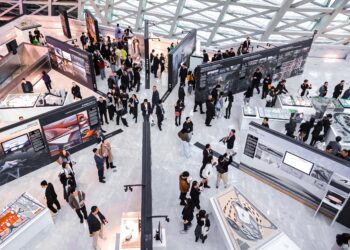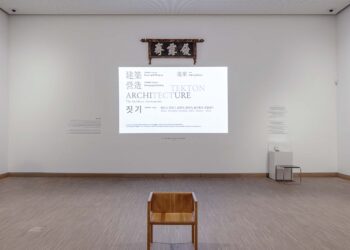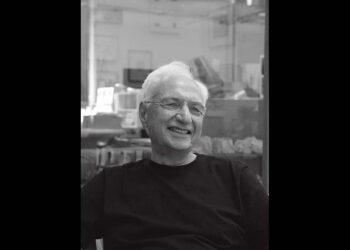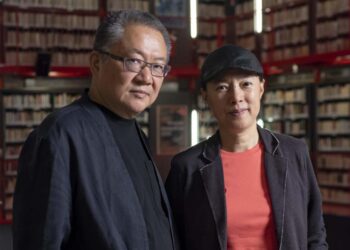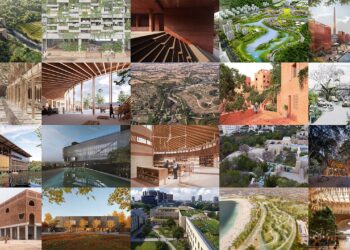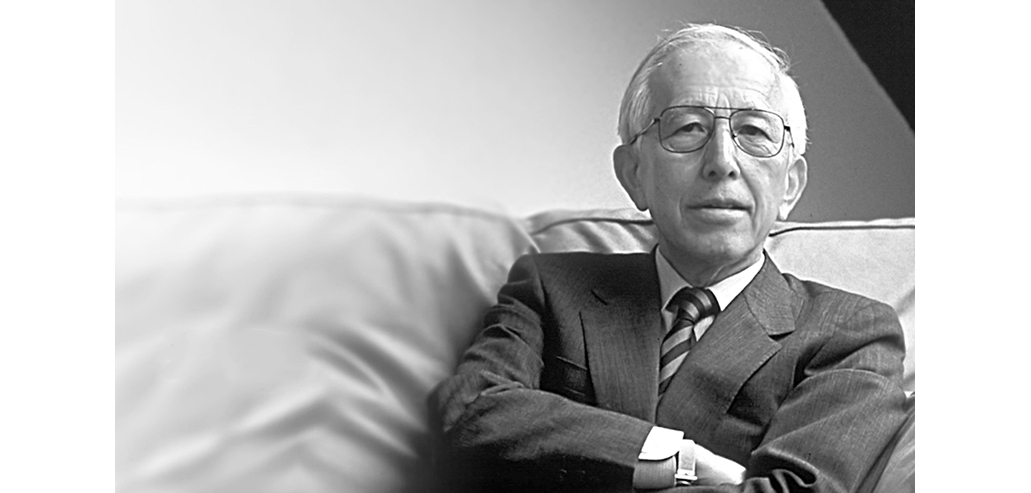
Fumihiko Maki, Pritzker Prize laureate, passed away at the age of 95 on June 6. He is a modernist who has fused the best of both eastern and western cultures to create an architecture representing the age-old qualities of his native country while at the same time juxtaposing contemporary construction methods and materials. His philosophy is based on spaces that benefit society and the relationship between human activity and built space.
He used the materiality of stainless steel and glass to express the modernity, chose the texture of materials to reflect the context of the site. He created functional spaces and constructed organic environments necessary for human activities, leaving behind buildings that remain relevant far beyond the specific era in which they were built. His most notable works include the Tokyo Spiral Building, Tokyo Metropolitan Gymnasium, Kyoto National Museum of Modern Art, the Hillside Terrace Apartments in Tokyo (completed over 25 years), the Fourth World Trade Center in the US, and the Aga Khan Museum in Toronto.
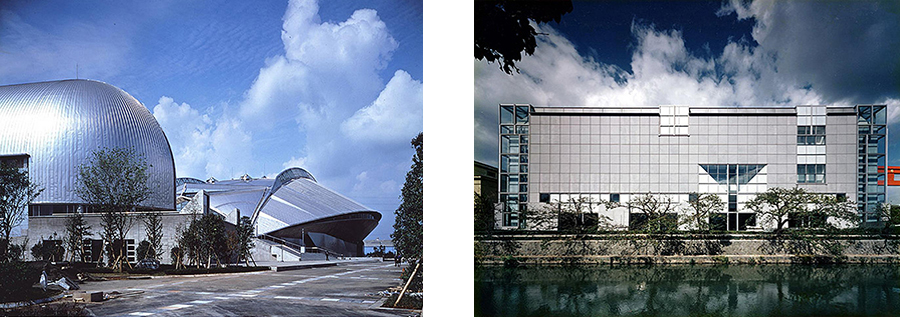
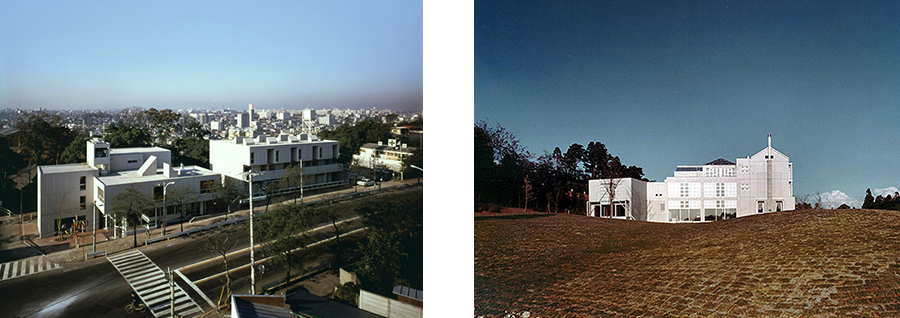

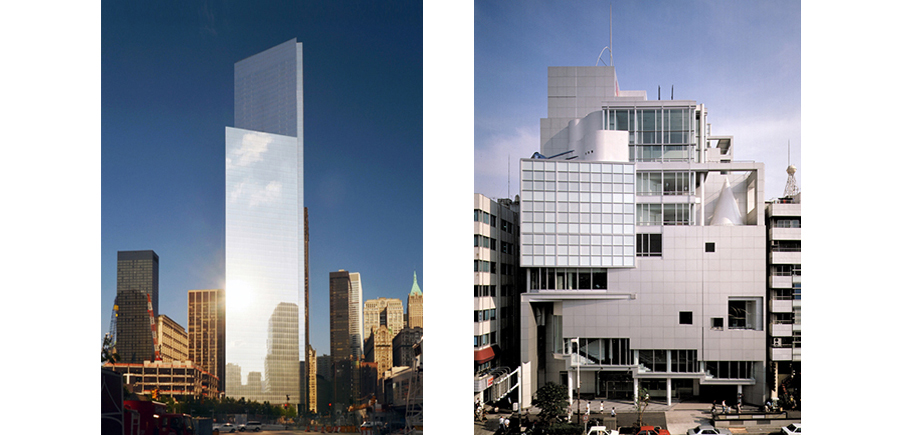

Born in Tokyo in 1928, he studied architecture at the University of Tokyo, earned a master’s degree in architecture from Cranbrook Academy of Art in the US, and another master’s degree from Harvard University Graduate School of Design. He practiced at Skidmore, Owings & Merrill in New York and Sert Jackson & Associates in Cambridge. In 1956, he became an assistant professor of architecture at Washington University in St. Louis, and from 1962 to 1965, he was a professor at Harvard University Graduate School of Design, also serving as a guest lecturer at various other institutions.
He returned to Japan in 1960. At that time, he pioneered the Metabolism movement, which considered buildings as organically growing entities. This idea was exemplified in his 1968 urban planning proposal, Golgi Structure, which alternated dense urban areas with open spaces, surrounded by cells that absorbed light to power systems. It develops into a concept of ‘group form’ as a naturally evolving urban element over time. This leads to a perspective that interprets human activities within the environmental context. With this perspective, he embraced traditional Japanese architecture alongside modernism. Fumihiko Maki’s architecture can be characterized by the spatial and formal features defined by the contextual language.
He continued his architectural practice domestically and internationally, expanding his own firm, Maki and Associates founded in 1965, into a company employing over 40 employees. As an educator, he lectured at the University of Tokyo from 1979 to 1989 and expanded his teaching to the US and Europe. He received numerous accolades, including the Pritzker Prize in 1993, the International Union of Architects Gold Medal the same year, the Praemium Imperiale from the Japan Art Association in 1999, and the American Institute of Architects Gold Medal in 2011.
“Fumihiko Maki lived a life of remarkable achievement and fulfillment, encircled by a wealth of esteemed professionals, academic colleagues, patrons, as well as cherished friends,” said Gary Kamemoto, principal of Maki and Associates. “We earnestly hope that the architectural works created under his leadership at Maki and Associates will be deeply loved and continue to enrich communities for generations to come.”





























